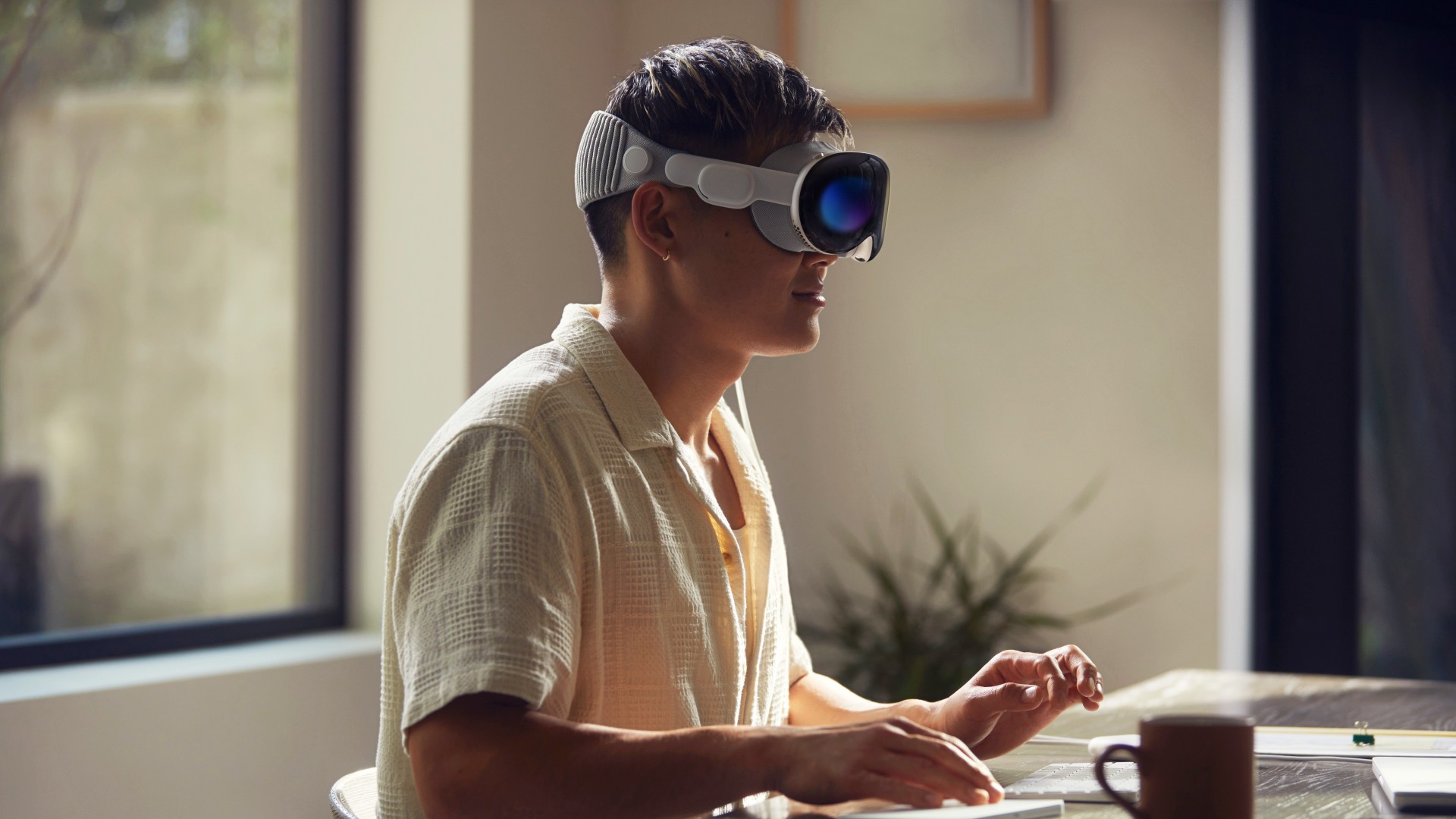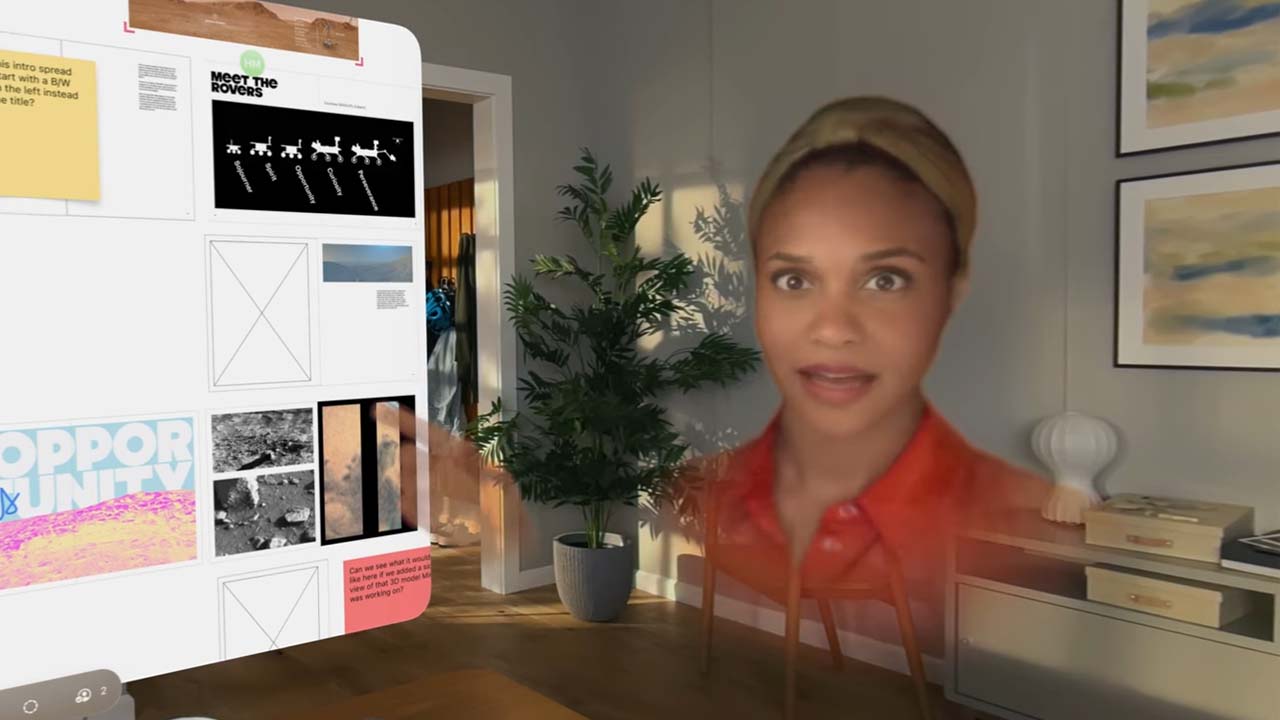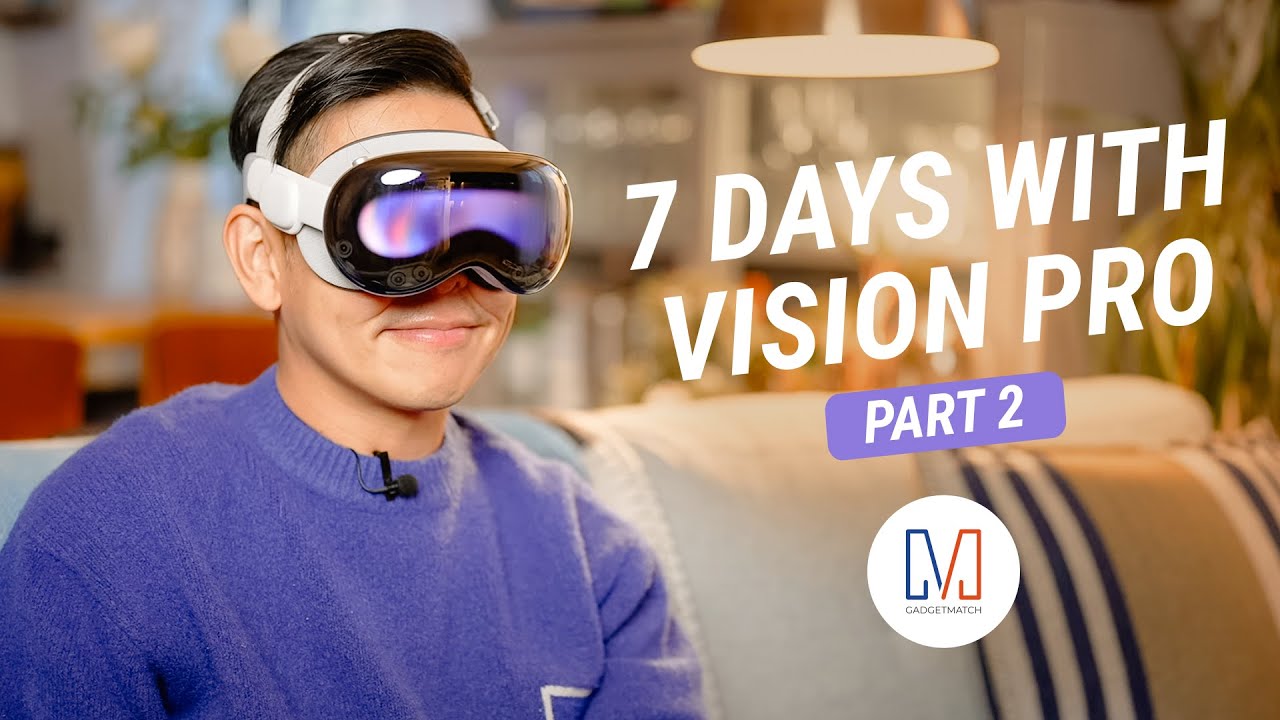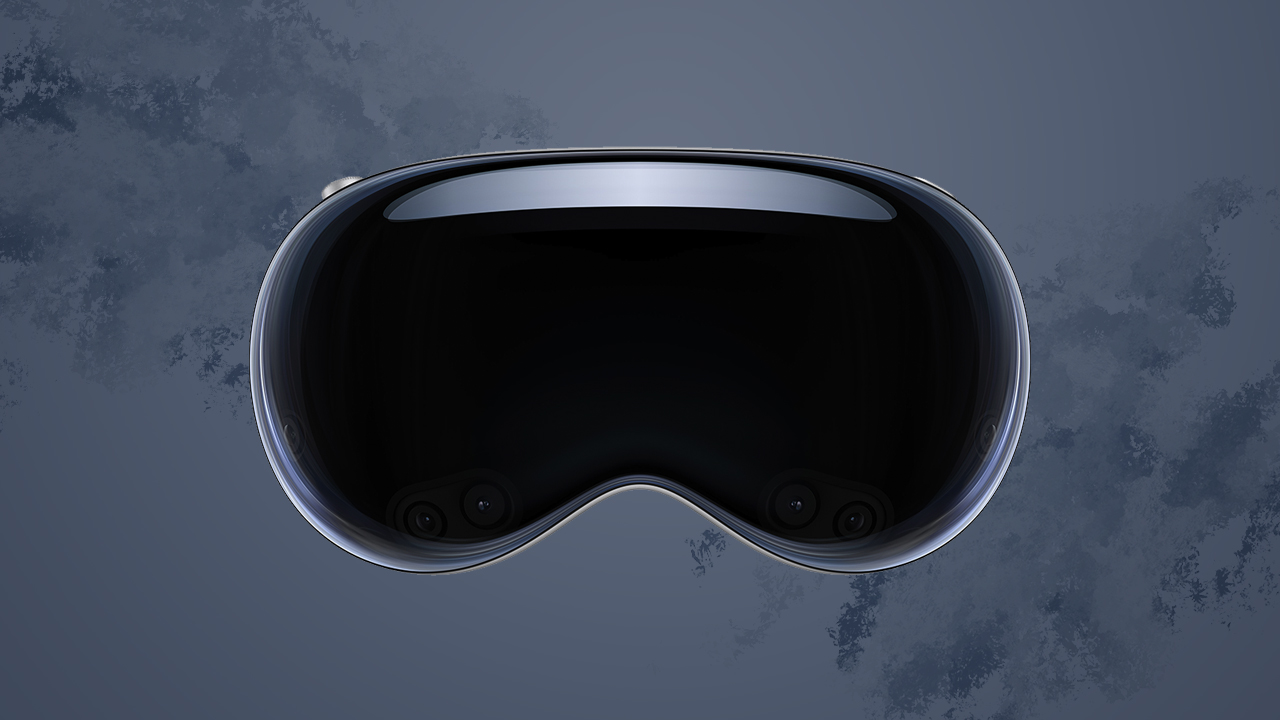Virtual Reality
Apple unveils its augmented-reality headset, the Vision Pro
It’s the next big thing

Around the world, those who continuously keep tabs on Apple’s future has let out a sigh of relief. During WWDC 2023, Apple finally launched its much-awaited and much-delayed augmented-reality headset. Finally, meet the Apple Vision Pro.
What can the Vision Pro do?
Apple’s next big thing is an augmented-reality headset which users can control with their eyes, hands, and voice. As Tim Cook states in his keynote, the device will define the company’s next step: spatial computing.
The Vision Pro will turn the user’s surroundings into an infinite canvas. Responding to hand movements, users can enlarge and move apps and widgets with a pinch. The apps on the platform will act as real objects which respond to surrounding light and cast shadows.
To increase immersion, the Vision Pro has Environments, a new feature which turns the user’s surroundings into immersive scenes — effectively blocking out distractions. The device itself has a digital crown which controls how immersive the Environment will be.
Now, while immersion is a focus, the Vision Pro will allow users to continue seeing into what’s around them. Even if immersion is set to a max, any person approaching the user will break through the system. A feature, EyeSight, will allow others to see into the inside of the display so they can see the user’s eyes.
What’s under the hood?
Now, under the hood, the Vision Pro features an entirely new design. Each eye will feature 23 million pixels capable with HDR and color fidelity. The optical inserts, with a three-element lens, were built in partnership with Zeiss. It will have audio pods positioned near the ears built with dual drivers to deliver spatially accurate audio.
To capture the user’s surroundings, the device will have twelve cameras, five sensors, and six microphones.
For performance, the device will boast two M2 chipsets and a brand-new chipset, the R1. Naturally, the two M2 chips deliver impressive performance. However, the R1 chipset, running in parallel, will drastically reduce lag between processes, essentially eliminating motion sickness normally attributed to VR headsets.
The design, built with a custom aluminum alloy, carefully wraps around the face. A soft textile flexes and conforms to the individual. Around the frame, the device has a digital crown for navigation and immersion, and a sensor to analyze the user’s surroundings. A thermal design draws air in and out of the system to reduce heat. Finally, speaking of reducing, the device will have a separated, high-performance battery dangling on a wire to reduce weight.
For software, the device introduces the new visionOS for a new platform. It comes with its own App Store with dedicated apps and optimized ones from the iPad and the iPhone. Optic ID adds in security by using the user’s irises to unlock the platform — much like Face ID.
Price and availability
Because the technology is entirely new, the Vision Pro does not come cheap. It will sell for US$ 3,499 and will ship out early next year.


It’s been two months since the launch of the Apple Vision Pro.
That’s enough time for the hype to die down and enough time to revisit my review.
How do I feel about it now? Do I still use it?
Are there any compelling new apps? New experiences?
And do I still think Vision Pro is the future of computing?
Here’s my review of the Apple Vision Pro two months after the hype!
SEE ALSO:
Review Part 1: Out In The Real World
Review Part 2: A Computer In My Head

In sci-fi films, a commonly used scene is one of a board meeting where almost every member is actually just a holographic projection. The scene’s main character takes off their glasses (or turns off a projector), and each holographic projector disappears into the ether. Though initially a trope in fiction, the phenomenon might soon make its way to actual technology, care of Apple’s Vision Pro.
Compared to other augmented-reality headsets, the Apple Vision Pro takes a more realistic look at virtual avatars. Users won’t use cartoonish avatars. Instead, they can make Personas modeled after their actual faces. It’s a unique feature, but one can definitely see the uncanny valley in it.
Today, Apple is making the feature more collaborative. Pushing the capabilities of augmented reality once again, the Vision Pro can now have Spatial Personas. Rather than simple portraits to talk to, the headset can project up to five Personas into your space.
The idea is to make it look more natural to collaborate on projects, watch movies, or play games together in a virtual space. It is, however, still in its infancy. The collaborative feature merely uses floating bubbles to project Personas. It looks a bit like having ethereal ghosts in front of you.
However, if ever you find yourself in need of company, actual or virtual, Spatial Personas can at least cure some of the worst parts of loneliness… as long as your friends have their own Vision Pro, that is.

Michael Josh spent 7 days with the new Apple Vision Pro — or so we thought!
In Part 2 of his Apple Vision Pro Review, he paired it with a keyboard and trackpad for a full desk setup, played games, and watched immersive content.
He also checked if the battery can last a full 3D movie and did a GadgetMatch Charge Test.
Spoiler alert: He spent more than 7 days with this computer from the future!
Watch the second part of Michael Josh’s in-depth review with the Apple Vision Pro now.
-

 Events2 weeks ago
Events2 weeks agoStellar Blade: PlayStation taps cosplayers to play Eve for game’s launch
-

 Features1 week ago
Features1 week agoFortify your home office or business setup with these devices
-

 Gaming2 weeks ago
Gaming2 weeks agoThe Rogue Prince of Persia looks like an ultra-colorful roguelite
-

 Accessories2 weeks ago
Accessories2 weeks agoLogitech unveils G Pro X 60 gaming keyboard: Price, details
-

 Reviews1 week ago
Reviews1 week agorealme 12+ 5G review: One month later
-

 Gaming2 weeks ago
Gaming2 weeks agoLenovo confirms development of a Legion Go 2
-

 Deals2 weeks ago
Deals2 weeks agoTCL P635 TV: Big savings for TCL’s anniversary
-

 Gaming1 week ago
Gaming1 week agoNew PUMA collection lets you wear PlayStation’s iconic symbols


























